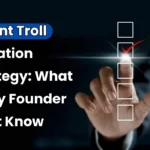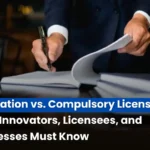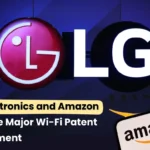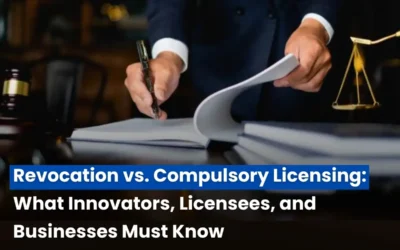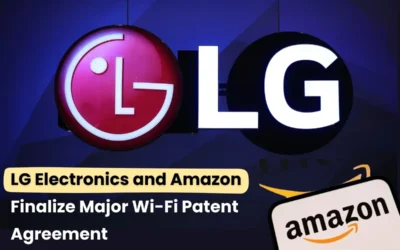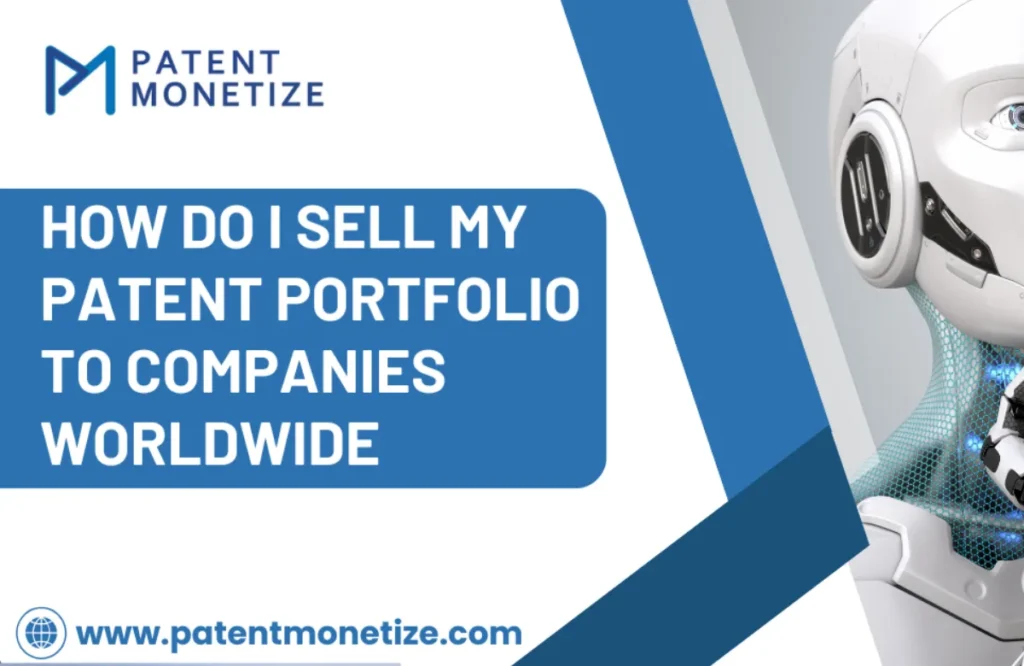
Selling a patent portfolio is the most rewarding business any inventor, entrepreneur, or even a patent holder who, through some fortune of fate, managed to build intellectual property over time could dream of. Learn about how to sell patent portfolio internationally. Patents are valuable, and any company, no matter what background they come from, will look at licensing or purchasing patents to lead in the marketplace. This is a step-by-step guide for you if you are looking to sell a patent portfolio internationally for strategic financial purposes or to free up resources, taking you through the process that will guide you in increasing intellectual property rights (IPR) value and assisting you in reaching global buyers.
What Do You Understand by Patent Portfolio?
First and foremost, appropriate valuation as well as its scope allow one selling to determine the value or worth of every patent he possesses before taking it to sell the patent portfolio you currently hold or want to acquire. A portfolio of patents refers to patents as well as filed patent applications within a given firm or an individual’s ownership.
First and foremost, you have to know how to sell patent portfolio internationally, the patents you have before marketing your collection. These are:
- Patent Valuation: This will judge the value of every patent that you own, hence determining the worth of your collection. It could be calculated on different methods or means, such as market comparisons, income generation capacity, and the geographical reach legal status of your patents.
- Patent Strength: Not all patents are created equal. The patent value depends on many factors such as technology novelty, breadth of protection afforded, competitive threats from other patents, and its enforceability.
- Legal Standing: Your patents must be legally strong. This would mean that your patents are up-to-date, valid, and free from any dispute or any litigation filed against their validity.
- Geographic Scope: There is also a value-added factor to your patent’s geographic scope. More valuable is your patent with protection in more countries than one that has protection only within a single legal jurisdiction.
Read Also: How to Maximize the Value of Your Patent Through Smart Licensing Strategies
What Are The Steps To Sell Patent Portfolio Internationally?
Step 1: Understand the Market and Available Buyers
After deciding that you wish to sell your portfolio of patents, you seek the best potential buyer for your patent portfolio. Those interested in patent acquisition can be companies as well as other people, and may comprise:
- Industry-specific companies: The most obvious target would be companies in the same industry. For example, if you have a portfolio of patents related to a specific kind of semiconductor technology, then you are likely to attract interest from companies in the electronics or technology industries.
- Patent aggregators and brokers: These are companies or institutions that purchase patents in large quantities to license them or to sell and raise revenue from them.
- R&D Departments of Companies In-House: These huge companies would opt for the purchase of patents so as to accelerate their internal development process and prevent others from taking an undue advantage of them by making concessions to their self-standards. Also, it helps strengthen the already achieved position with regard to their intellectual property assets.
- Technology Start-ups: They purchase patents as long as those would protect innovations in their minds or provide a boost in the eyes of others toward their specific technology.
- Venture Capitalists and Investors: Those who want to invest in new markets or industries can buy patents with a high revenue generation potential.
- International Buyers: Companies or businesses located in countries where your technology is more in demand can also be targeted.
Step 2: Analyzing the Sales Strategy
Now, you can consider which buyers might buy your patent portfolio. After determining the interested buyers, you have to decide on your sales strategy. You can sell single patents or the whole package. There are various approaches when selling:
- In a sale, you sell your patents by transferring the title to a buyer in a one-time, big upfront payment. An outright sale is clean and simple to do, but it will not necessarily maximize value if the patents have long-term potential.
- Licensing in this manner, you can license your patents rather than sell them completely. Patent licensing will make sure that you get a constant flow of money through royalties if you hold full ownership of your patents. The licensing agreements may be either exclusive or non-exclusive, as agreed upon by both the buyer and the seller.
- Joint Venture: Often, a joint venture with the company is agreed upon in order to co-develop or to co-market the product together. Most likely, that would take place in equity shares and revenues, together with a number of conditions.
- Auction: Here, in the auction sale, the owner sells his or her portfolio of patents to the highest bidder. Many such sales occur on the web-based auction platforms, which are IAM Market or Patent Auction. In the case of an auction, competition is induced through the auction environment, and the bidders push up prices.
- Securitization: That would be perfect if you have a large portfolio of patents; the securitization of your patents as some form of security or collateral on which you receive financing would really work because, again, then it would really be a mess, but another way of sourcing funds without forfeiting ownership rights in your patents.
Step 3: Identify the Potential Buyer
Now that you have analyzed your strategy, it is time to locate those potential buyers. This will largely depend on resources, network, and the nature of patents.
- Patent Brokers: Your patent broker can be very useful in finding an appropriate contact for a potential buyer. Probably, they have a contact list and former experience with patent sales, though brokers typically charge a fee percentage; in any case, it’s nice when the professionals take care of it.
- Patent Marketplaces: These are the websites through which a buyer and seller of patents can communicate. Famous patent marketplaces include: IAM Market, Pat Snap Ocean Tome IP Marketplace3. Patent Auctions. Some only focus on intellectual property, hence you can actually sell your patents there. Its platforms such as Invention Share or Patent Auction.
- Corporate Outreach: If you have knowledge of corporations that might be interested in your patents, contact them. You will be well prepared to make a business case for the value of these patents, their commercial potential, and market opportunities.
- Appoint IP lawyers: Counsels, to carry out all kinds of actions one should take so that the whole deal is entered into with clear protection of interest.
- Trade shows and Conferences: Industry trade shows and conferences are the best places where one can network because they offer the greatest opportunities to find the target buyer. Most trade shows and conferences host events with intellectuals who have expertise in IP and with owners of patents that are sold or licensed.
Step 4: Negotiating the Sale
Negotiating the sale of your patent portfolio is very important to getting the best possible value. Key tips for negotiation include:
- Know Your Bottom Line: Before entering into negotiations, know your minimum acceptable price or terms. Consider demand in the marketplace, the future revenue potential of the patent, and any other competing offers.
- Royalties: In case licensing or joint ventures are considered, attempt to negotiate royalty rates, one-time payments, and any terms to ensure long-term financial benefits.
- Due Diligence: Some buyers may take the patents in your portfolio through due diligence. Be prepared to hand over all documents related to patent prosecution history, patent assignments, and maintenance fees.
- Laws of protection maintain a valid contract, which should be legally agreed upon between the parties involved. This means all payment, patents, or copyrights rights of an idea of an author of the same product. The privacy statement, along with such agreements. Seeking help from an IP attorney to work out the proper contract.
- International Perspectives: In case you sell to international customers, you should be sensitive to the jurisdictions’ legal issues. The laws about intellectual properties are different from one jurisdiction to another. It becomes complicated to carry around such issues. The international specialists in patent law are quite resourceful.
Read Also: Apple Patent Monetization Case Study: How IP Increases Market Dominance
Conclusion
Selling a patent portfolio is very complicated. Nevertheless, with the right preparation and strategy, selling your intellectual property portfolio can be a very rewarding experience. Whether one is selling it directly, licensing, or getting into a joint venture, knowing what patents are worth and what kind of buyer the right purchaser is requires playing patents brokers, online marketplaces, corporate outreach, and legal advisors important roles to make a sale successfully and fetch the highest returns for an intellectual property portfolio.
